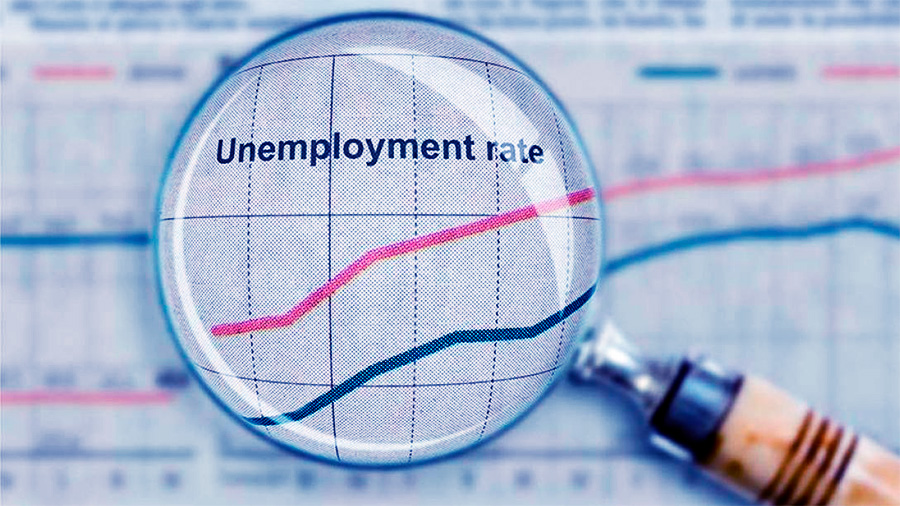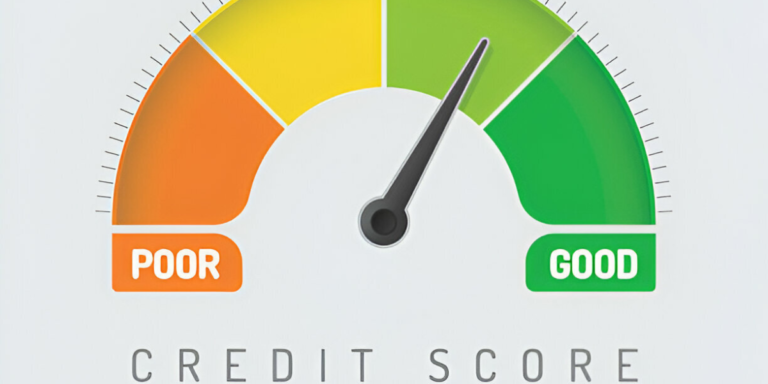
Unemployment significantly influences credit risk, posing challenges for both lenders and borrowers. As joblessness rises, borrowers may struggle to meet their financial obligations, increasing the likelihood of loan defaults. For lenders, this creates a heightened credit risk environment that requires proactive measures to safeguard their portfolios and ensure financial stability. This article explores how rising unemployment impacts credit risks, examines the cascading effects on financial markets, and highlights strategies lenders can adopt to mitigate these challenges.
The Relationship Between Unemployment and Credit Risk
Unemployment and credit risk are closely interconnected. When individuals lose their jobs, their income decreases or disappears altogether, reducing their ability to service existing debts. This increases the risk of late payments, delinquencies, and defaults. For lenders, higher default rates translate into greater financial losses and necessitate adjustments to lending practices and risk assessments.
Direct Impacts on Borrowers
- Loss of Income: Unemployed individuals often prioritize essential expenses like housing and food, leaving little for loan repayments.
- Reduced Access to Credit: Borrowers with unstable income or job loss may struggle to qualify for new loans, further limiting their financial flexibility.
- Psychological Stress: The uncertainty of unemployment can lead to poor financial decision-making, exacerbating debt issues.
Consequences for Lenders
- Higher Default Rates: Rising unemployment leads to an increase in non-performing loans (NPLs), straining lender balance sheets.
- Loss Provisions: Lenders must allocate more funds to cover potential losses, reducing profitability.
- Stricter Credit Policies: To offset risks, lenders often tighten credit standards, making it harder for borrowers to access financing.
The interplay between unemployment and credit risk underscores the need for robust risk management strategies in times of economic uncertainty.
Industries Most Affected by Unemployment-Driven Credit Risks
Certain industries are more susceptible to unemployment-induced credit risks due to their reliance on consumer spending or high exposure to economic cycles. Lenders operating in these sectors must remain vigilant and adjust their strategies accordingly.
Consumer Lending
Credit cards, personal loans, and auto loans are particularly vulnerable during periods of high unemployment. Borrowers facing income loss may struggle to meet monthly payments, leading to increased delinquencies. Lenders in this space often experience the first wave of defaults during economic downturns.
Mortgage Lending
Unemployment can impact the housing market, as jobless borrowers are more likely to fall behind on mortgage payments. This can lead to a rise in foreclosures, negatively affecting lenders and the broader real estate market. Regions with high unemployment rates often see sharper declines in housing prices, exacerbating risks for lenders with significant mortgage exposure.
Small Business Loans
Small businesses, especially those in retail, hospitality, and tourism, are often hit hard by rising unemployment. Reduced consumer spending and economic uncertainty can lead to cash flow challenges, making it difficult for small businesses to repay loans. Lenders serving this segment may face heightened risks as a result.

Mitigating Credit Risks During High Unemployment
To navigate the challenges posed by rising unemployment, lenders must adopt proactive measures to manage credit risks and protect their portfolios. These strategies include refining credit assessments, enhancing borrower support, and leveraging technology to improve decision-making.
Refining Credit Assessment Criteria
Lenders should reassess their credit evaluation processes to account for the increased risk associated with unemployment. This may involve implementing stricter underwriting standards, such as higher credit score thresholds, lower debt-to-income (DTI) ratios, and more rigorous income verification procedures.
Providing Borrower Support
Supporting borrowers during financial hardship can help mitigate credit risks and foster long-term relationships. Lenders can offer payment deferrals, interest rate reductions, or loan restructuring options to help borrowers manage their obligations. These measures reduce the likelihood of defaults and demonstrate goodwill, enhancing customer loyalty.
Leveraging Data Analytics
Advanced data analytics and artificial intelligence (AI) enable lenders to predict credit risks more accurately and identify borrowers at risk of default. By analyzing unemployment trends, income stability, and spending patterns, lenders can proactively engage with at-risk customers and implement tailored solutions.
Expanding Credit Insurance
Credit insurance protects lenders from losses due to borrower defaults. During periods of rising unemployment, lenders can expand their use of credit insurance to safeguard their portfolios. This provides an additional layer of security, ensuring financial stability despite increased credit risks.
The Ripple Effects of Rising Unemployment on Financial Markets
Unemployment-driven credit risks extend beyond individual lenders, impacting the broader financial system and economy. These ripple effects highlight the importance of systemic resilience and coordinated efforts to address unemployment challenges.
Banking Sector Stability
As default rates rise, banks may face liquidity pressures and reduced profitability. This can lead to tighter lending conditions, limiting access to credit for businesses and consumers. Prolonged stress in the banking sector can undermine economic recovery efforts.
Investor Confidence
Rising unemployment and credit risks can erode investor confidence, leading to increased market volatility. Credit rating downgrades for financial institutions and businesses further exacerbate these challenges, making it harder to attract investment.
Impact on Monetary Policy
Central banks often respond to rising unemployment by implementing accommodative monetary policies, such as lowering interest rates or initiating quantitative easing. While these measures aim to stimulate economic activity, they may also lead to unintended consequences, such as asset price bubbles or inflationary pressures.
The interconnected nature of financial markets underscores the importance of addressing unemployment-driven credit risks effectively to maintain economic stability.

Lender Responses to Unemployment Challenges
Examining real-world examples of how lenders have navigated unemployment-induced credit risks provides valuable insights into best practices and lessons learned.
COVID-19 Pandemic
The COVID-19 pandemic caused a sharp rise in global unemployment, challenging lenders across sectors. Many financial institutions responded by implementing payment deferral programs, waiving fees, and increasing loan loss provisions. These measures helped mitigate immediate credit risks while supporting borrowers during an unprecedented crisis.
2008 Financial Crisis
During the 2008 financial crisis, rising unemployment led to widespread defaults in the mortgage market. In response, lenders tightened credit standards and worked with policymakers to stabilize the housing market. Programs like the Home Affordable Modification Program (HAMP) helped struggling homeowners avoid foreclosure, reducing systemic risks.
Regional Unemployment Shocks
In regions heavily reliant on specific industries, such as coal mining or manufacturing, localized unemployment spikes have posed unique challenges for lenders. Targeted loan restructuring and economic development initiatives have proven effective in addressing these risks and supporting regional recovery.
The Future of Credit Risk Management in a Volatile Economy
As economic uncertainty persists, lenders must continue to adapt their credit risk management practices to account for rising unemployment and other macroeconomic challenges. Emerging technologies, data-driven insights, and collaborative approaches will play a central role in shaping the future of credit risk management.
Digital Transformation
The adoption of digital tools, such as AI-driven risk assessment platforms and blockchain-based credit tracking, enhances the accuracy and efficiency of credit risk management. These technologies enable lenders to respond swiftly to changing economic conditions.
Collaborative Solutions
Public-private partnerships and industry collaborations can help address systemic credit risks during periods of high unemployment. Coordinated efforts to provide financial relief, stimulate job creation, and support economic recovery benefit both lenders and borrowers.
Focus on Resilience
Lenders must prioritize building resilient portfolios by diversifying their customer base, incorporating ESG (environmental, social, and governance) factors into lending practices, and maintaining robust capital buffers. These strategies ensure long-term stability in a volatile economic landscape.
The Conclusion
Rising unemployment poses significant credit risks for lenders, requiring proactive strategies to safeguard financial stability. By refining credit assessment criteria, supporting borrowers, and leveraging advanced technologies, lenders can mitigate these risks and navigate economic challenges effectively. The broader implications of unemployment on financial markets highlight the need for systemic resilience and collaborative efforts to promote economic recovery. As the economic environment continues to evolve, lenders must remain agile and innovative, ensuring they can adapt to the complexities of a changing world while fostering sustainable growth and stability.




